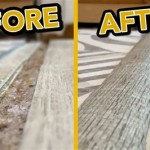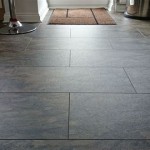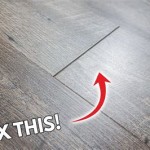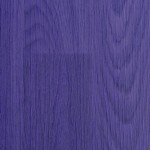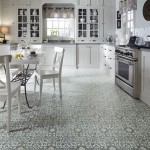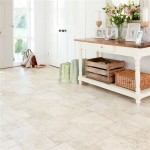Water damage is one of the most common problems homeowners face with their hardwood floors. It can cause permanent damage to the floor, which can be difficult and expensive to repair. In this article, we’ll discuss the causes of hardwood floor water damage, how to identify it, and how to prevent it from happening.
What Causes Hardwood Floor Water Damage?
Water damage to hardwood floors is usually caused by a combination of factors, including excessive humidity, leaks, and floods. Excessive humidity can cause your floors to swell, warp, and crack, while a leak or flood can cause water to seep into the wood and cause discoloration or softening of the wood. Additionally, some types of hardwood floors are more prone to water damage than others, such as laminate, engineered wood, and solid wood floors.
How Can You Identify Hardwood Floor Water Damage?
You can identify water damage to your hardwood floors by looking for signs such as cupping, warping, discoloration, softening, or staining. Cupping appears as curved edges on the floorboards, while warping causes the boards to become distorted. Discoloration can range from light spots to dark spots, while softening can cause the boards to feel spongy when walked on. Staining is the most visible sign of water damage and appears as dark spots or streaks on the floor.
How Can You Prevent Hardwood Floor Water Damage?
The best way to prevent water damage to your hardwood floors is to keep your home humidity levels low and to check for leaks and water damage regularly. You should also make sure your home is well insulated and that there are no gaps or cracks in the walls or floors that could allow water to seep in. Additionally, if you have an unfinished wood floor, make sure to seal it properly with a high-quality sealant.
What Are the Most Common Types of Hardwood Floor Water Damage?
The three most common types of hardwood floor water damage are cupping, warping, and staining. Cupping is caused by too much moisture in the air and can cause the edges of the floorboards to curl up. Warping is caused by too much water seeping into the wood, which causes the boards to become distorted. Staining is caused by water seeping into the wood and can cause dark spots or streaks on the floor.
What Can You Do if You Have Hardwood Floor Water Damage?
If you have water damage to your hardwood floors, the best thing to do is to call a professional to assess the damage and determine the best course of action. Depending on the extent of the damage, they may recommend repairs or replacement of the damaged floorboards. They may also recommend sealing the floors or using a moisture-resistant coating to help protect the wood from further damage.
Conclusion
Water damage is a common problem for hardwood floors, but it can be prevented or repaired with the right knowledge and care. Make sure to keep your home humidity levels low and check for signs of water damage regularly. If you do find water damage, call a professional to determine the best course of action.


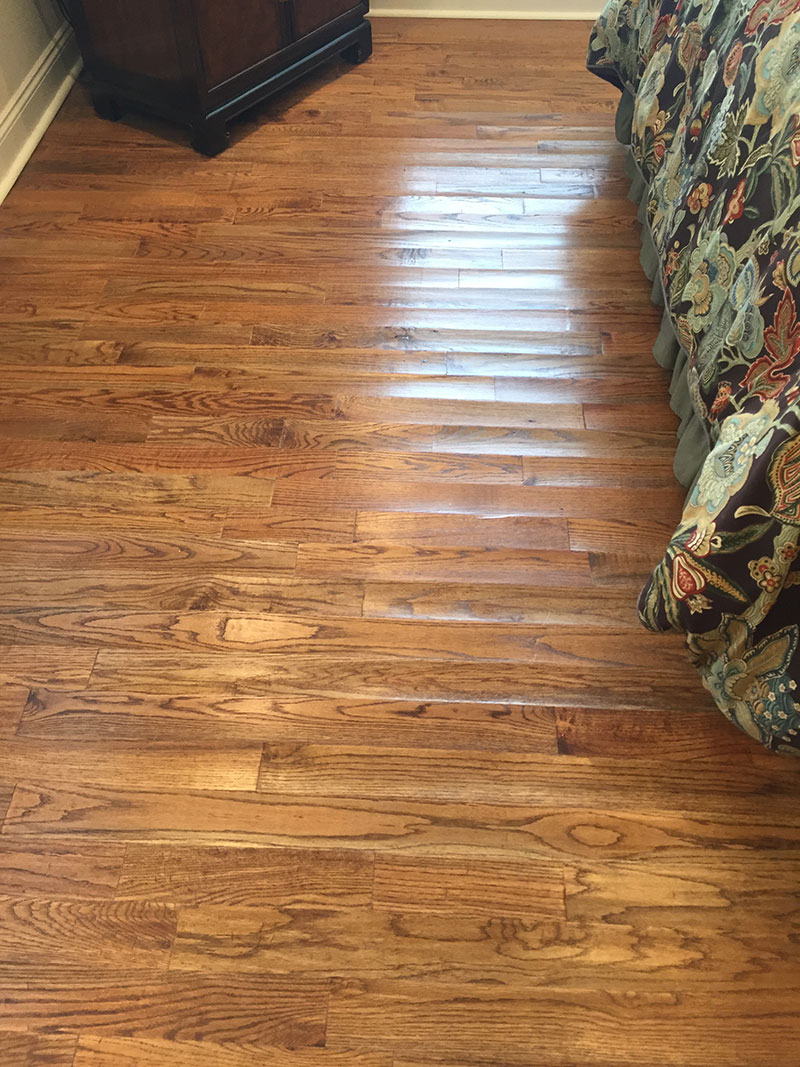












Related Posts

